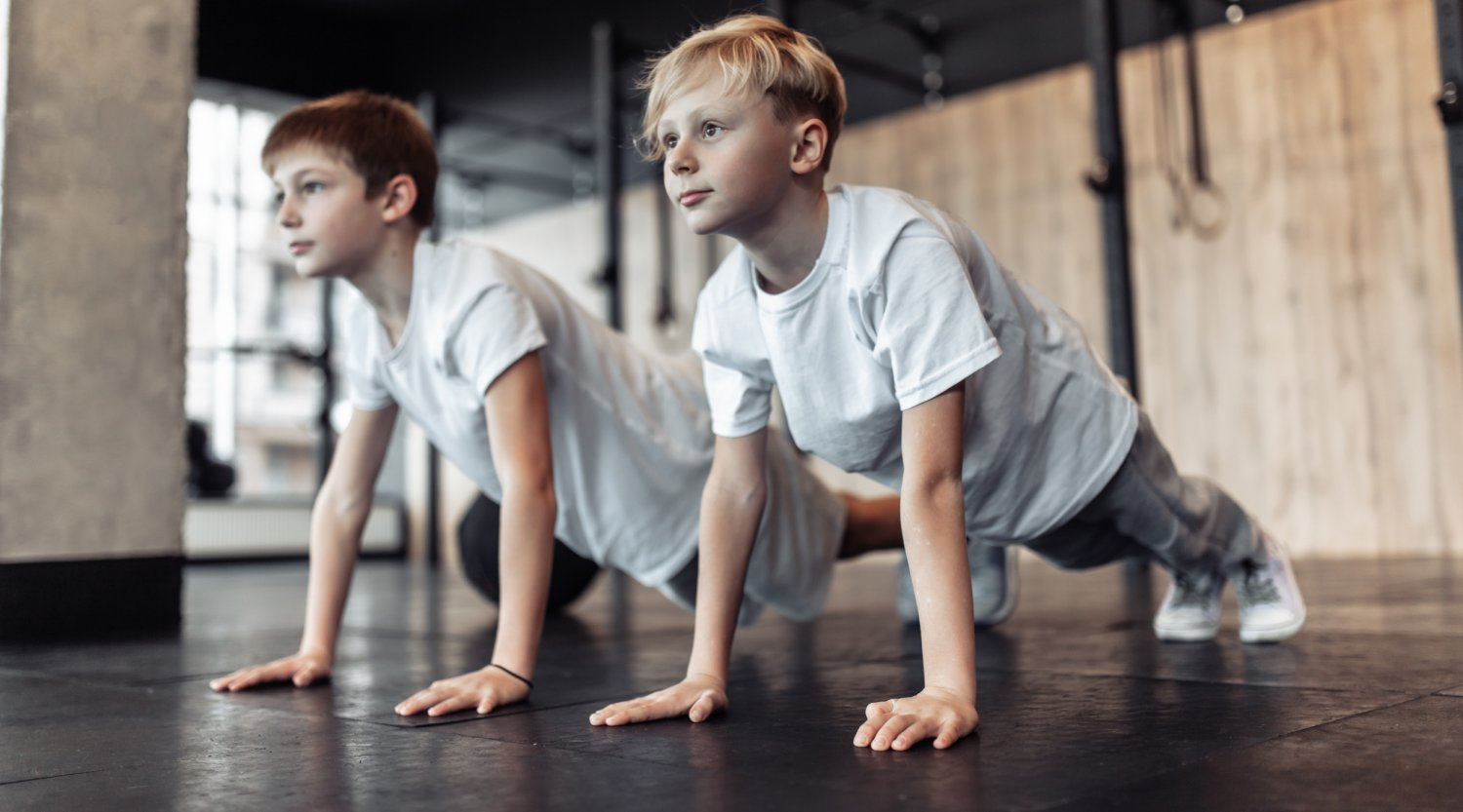
by Matt Weik, BS, CSCS, CPT, CSN
As a father of three athletic boys, I’ve been woken up more times than I care to remember by my sons’ saying their legs hurt. I told them it’s growing pains, but it got me thinking… Is there more to growing pains than I initially thought?
So, I went down the rabbit hole.
A recent study out of Spain is shedding light on just how common growing pains are among young athletes. And the findings? They might surprise you.
Out of 196 young athletes studied, more than half had been diagnosed with growing pains. That’s a massive chunk of the group, and it raises some red flags about how we’re supporting these kids as they train, grow, and recover.
In this article, I want to dive deeper into the topic, explain what I’ve found, the key points you need to know, and how we (as parents) can support our kids to keep them safe and healthy.
Disclaimer: This article is for informational purposes only and is not meant to treat or diagnose any condition. It is recommended that you speak with your doctor before starting any exercise program, making changes to your nutrition plan, or adding any new supplements into your current regimen.
What Exactly Are Growing Pains?
Growing pains are those annoying, often unexplained aches kids get in their limbs (typically not in the joints themselves). They tend to show up between the ages of 3 and 14 and often hit in the evening or overnight.
But here’s the thing: the science behind them is still, unfortunately, kind of all over the place.
Researchers have tossed around several theories:
- Growth Theory: Rapid bone growth might trigger pain, especially noticeable at night.
- Fatigue Theory: Overused muscles build up metabolic waste, leading to discomfort.
- Emotional Theory: Stress and anxiety may cause or worsen the pain.
- Other Possible Factors: Vitamin D deficiency, hypermobile joints, and even low pain thresholds have all been thrown into the mix.
The sad reality is that we still don’t fully know why these pains happen and cause our kids to come into our bedroom late at night, complaining that they’re in pain. But we do know they’re real, and more common than people think.
Poor Nutrition Could Be Making Things Worse
The research, published in Nutrients, didn’t just stop at the pain. It also looked at the dietary habits of the kids involved.
Here’s what they found:
- Many of the young athletes had poor eating habits, even though they were physically active.
- Their adherence to a balanced diet (like the Mediterranean diet) wasn’t where it should be.
- Kids without pain generally had better overall diets.
- Oddly, those with growing pains reported higher adherence to the Mediterranean diet, but also ate more fast food, skipped breakfast, and consumed more sugary pastries.
That contradiction points to a bigger issue: we need more detailed research that looks at specific nutrients, not just general diet patterns.
Expert Insight from the Field
Performance nutritionist Dan Richardson wasn’t shocked by the study’s findings. He mentioned he sees it firsthand with youth athletes, especially during growth spurts.
“Musculoskeletal pain is definitely common in youth athletes,” he said. “Especially when their fueling doesn’t match their training load.”
So, what advice does Richardson recommend? Nail the basics:
- Fuel and Hydrate Properly
- Prioritize Protein
- Don’t Skimp on Calcium and Vitamin D
He also suggests collagen and vitamin C for joint and tendon health and recommends omega-3s to help control inflammation.
As for supplements, Richardson keeps it simple:
“Food first, always. But a quality whey or milk-based shake post-training can help. For plant-based athletes, blends like pea, rice, or soy work great.”
He’s also noticed a trend: young female athletes tend to report pain more often, likely because they’re not eating enough to keep up with growth and training demands. But that doesn’t mean boys aren’t struggling, as they just may not speak up due to the old-school “tough it out” mentality.
What the Study Looked At
Researchers pulled data from 916 athletes between the ages of 8 and 17 from five sports clubs in Alicante, Spain. The kids filled out online surveys about:
- Pain frequency and type
- Diet quality
- Lifestyle habits
Some key takeaways:
- 78.5% of children and 93.5% of teens reported pain
- Nocturnal pain was more common in younger girls
- About 33% of kids and 52% of teens were diagnosed with growing pains
- Less than 14% used pain meds
Clearly, this isn’t a minor issue as it’s affecting the majority of young athletes.
Time to Rethink Our Approach to Growing Pains
This study calls out a major misconception: just because kids are active doesn’t mean they’re eating right. And that poor nutrition may be adding to the problem.
The researchers stress the need for:
- Early education on healthy eating
- Proactive recovery and injury-prevention strategies
- More specific research on how diet impacts musculoskeletal pain
It’s time we stop assuming young athletes are bulletproof. They’re growing, training, and putting serious demands on their bodies. And if we don’t fuel that growth properly, it’s going to catch up with them.
(function(d, s, id) {
var js, fjs = d.getElementsByTagName(s)[0];
if (d.getElementById(id)) return;
js = d.createElement(s); js.id = id;
js.src = “//connect.facebook.net/en_US/sdk.js#xfbml=1&appId=367141383985&version=v2.3”;
fjs.parentNode.insertBefore(js, fjs);
}(document, ‘script’, ‘facebook-jssdk’));